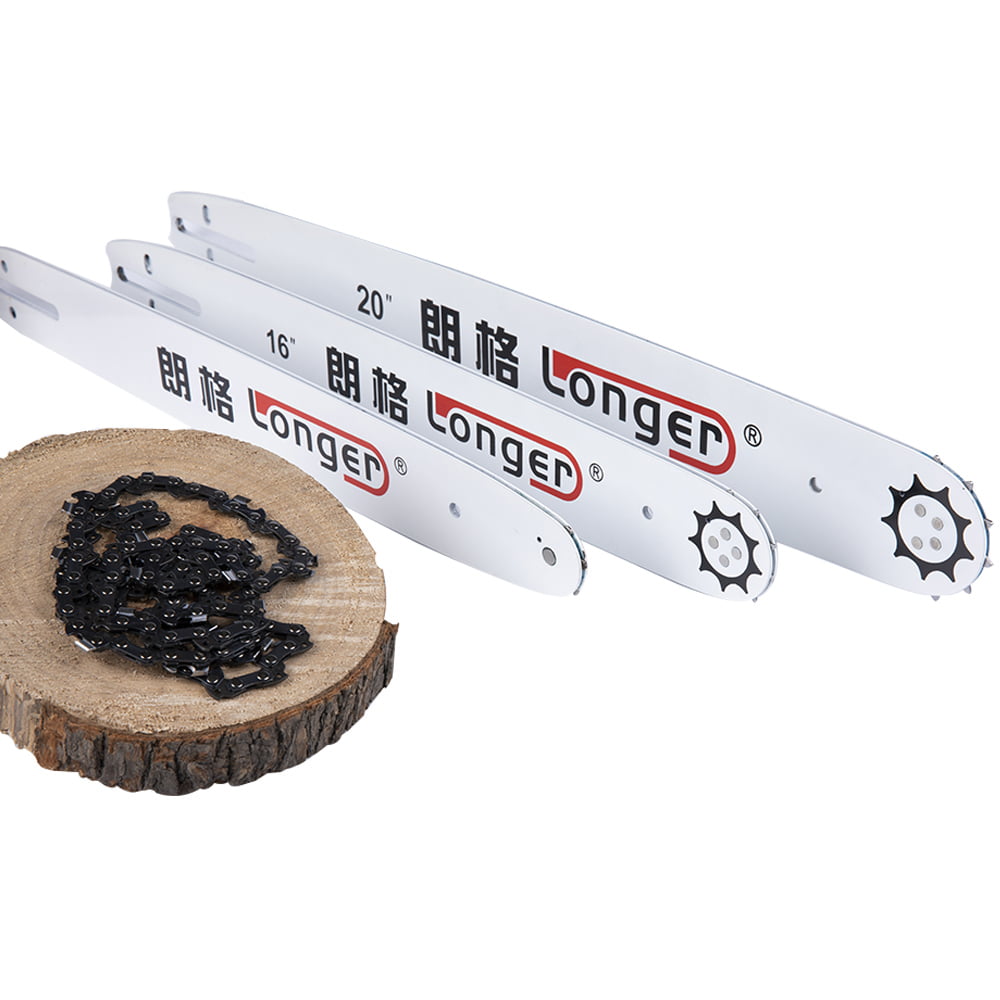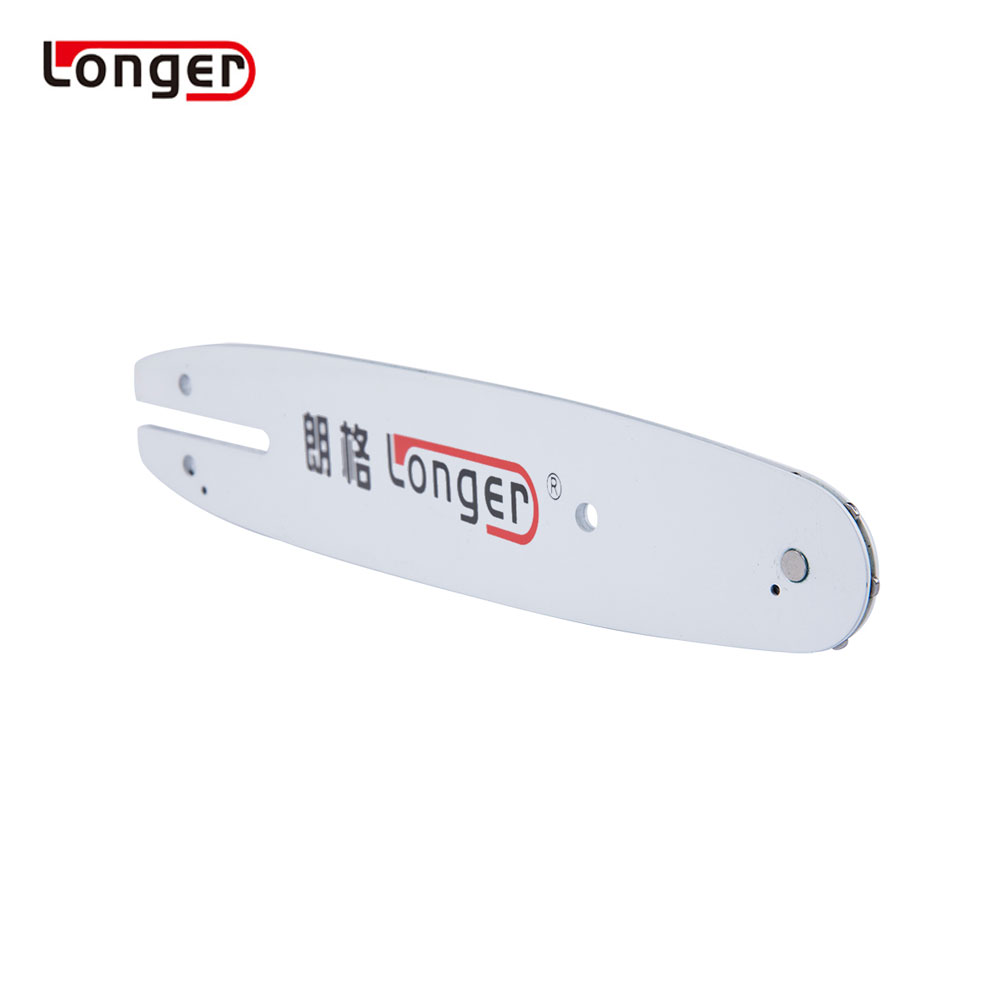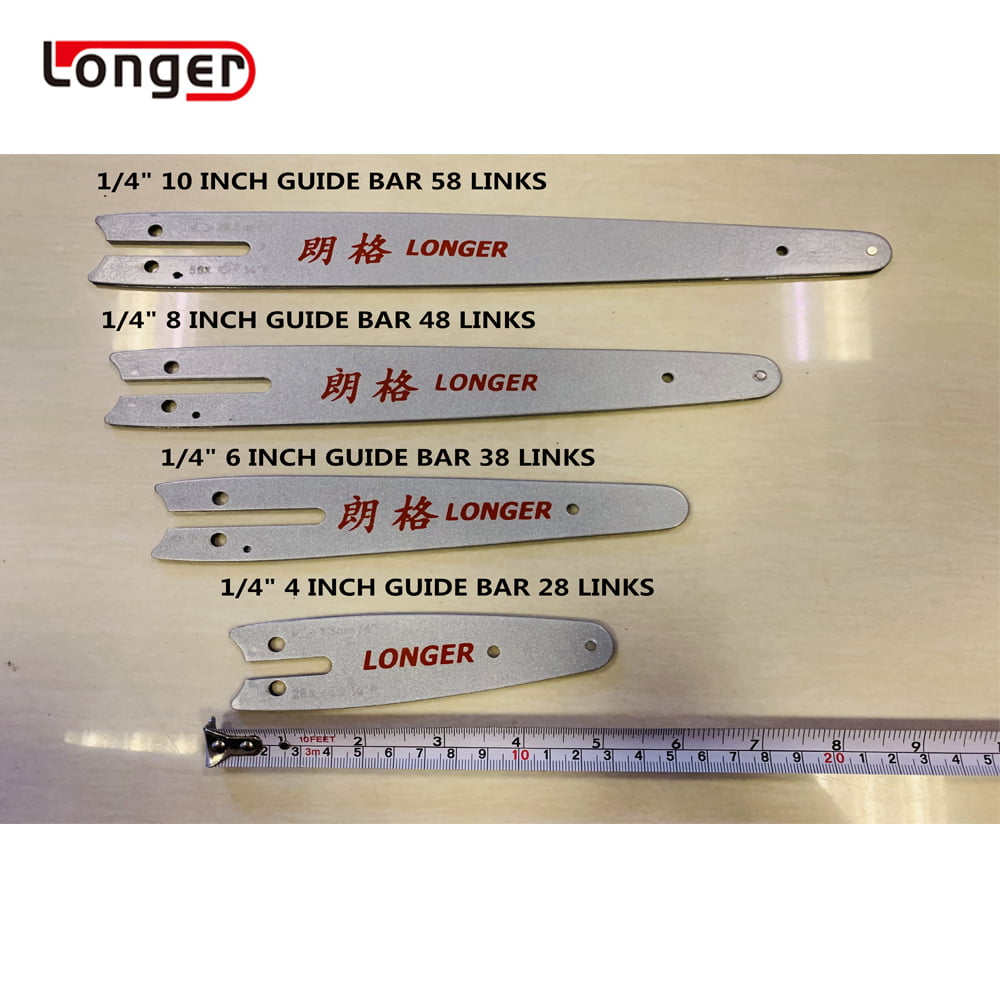There are many reasons for the chain saw to pull the cylinder. For ordinary users and even many technicians engaged in related work, it is not easy to analyze and determine the cause of the failure quickly and accurately.
When the engine is working, the piston and piston ring make high-speed reciprocating motion in the cylinder. Due to the huge expansion thrust generated by the combustion of the mixed gas, the piston and piston ring are in close contact with the inner wall of the cylinder through the oil film formed by the oil. Under normal circumstances, due to the isolation and buffering effect of the oil film, the piston and piston ring do not directly contact the cylinder. However, under certain specific circumstances, the two will directly contact, causing sliding friction and generating a lot of heat. If the heat dissipation conditions are not effectively improved, the metal surface of the piston, piston ring or the inner wall of the cylinder may be melted, causing the sliding friction surfaces to fuse together, causing longitudinal pull marks during the high-speed movement of the piston. In severe cases, the two will lock up. The so-called pull-cylinder phenomenon.
The main reasons are as follows:
1. Insufficient running-in of the engine at the initial stage and cylinder pulling caused by high-speed operation
For the newly assembled new engine, the seemingly smooth inner surface of the cylinder and the outer peripheral surface of the piston and piston ring are actually composed of countless micron-level uneven protrusions. Before the engine can really run as desired, it must be matched. The surface undergoes initial running-in, cutting off the protruding peaks, so that the surface is smooth, the force is even, and the sliding does not bite each other, and the operation can be smooth. Therefore, the new engine must be run-in to a certain degree after assembly. Otherwise, the higher protrusions on the mating surfaces of the piston, piston ring and cylinder will bear a concentrated load, and the pressure per unit area will be very large. After friction, the temperature will rise, and the protrusions will soften and melt, causing the cylinder to be pulled.
2. Cylinder pulling caused by overheating of the piston
Local abnormal expansion occurs when the piston is overheated. Due to the deformation of the piston, the piston ring groove is twisted into a wave shape, and the piston ring and the piston ring groove bite together briefly or even for a long time, causing the piston ring to fail to work normally. At this time, the edge of the piston ring directly touches and rubs against the inner wall of the cylinder with extremely high unit area pressure, so that the piston ring not only loses the function of sealing the combustion gas, but also destroys the oil film on the inner wall of the cylinder, causing cylinder pulling.
The main reasons for the overheating of the piston are:
①Poor gasoline oil quality, causing abnormal combustion of the mixed gas and generating high temperature;
② Poor fuel supply system, ignition setting or adjustment, resulting in abnormal combustion of mixed gas and high temperature;
③The piston body is poorly designed or the aluminum parts of the piston have poor density, which makes the piston overheated due to insufficient heat transfer from the piston to the cylinder;
④Overheating caused by insufficient external cooling of the engine.
3. Cylinder pulling caused by improper piston ring clearance
When the engine is running, carbon deposits are often unavoidable in the combustion chamber. Although the oil and piston ring have the function of removing carbon deposits, it is very difficult to remove the carbon deposits accumulated in the piston ring groove, especially in the first gas ring groove. When the carbon deposit in the piston ring groove gradually increases, it will bring improper backlash and backlash to the piston ring, hinder the movement of the piston ring, exert abnormal pressure on the piston ring, and make the piston ring and the inner wall of the cylinder directly contact and rub. , Causing the cylinder to be pulled.
The main causes of carbon deposits in the combustion chamber are as follows:
①The gasoline used is of poor quality;
② Abnormal combustion of mixed gas;
③The mixed gas in the oil supply system is too thick;
④Ignition system, especially spark plug ignition failure;
⑤ Too much oil remains on the inner wall of the cylinder;
⑥ Engine oil leaks from the cylinder head into the combustion chamber.
4. Cylinder pulling caused by improper clearance between piston and cylinder
Due to the poor machining accuracy of the cylinder inner diameter and the outer diameter of the piston and piston ring, the improper gap between the piston and the cylinder causes the chain saw to pull the cylinder. If the gap is too small, the contact pressure between the piston and the cylinder will increase or even lock; when the gap is too large, the swing of the piston head will increase, and the piston head and skirt will contact the cylinder, or the edge of the piston ring will contact the cylinder. , The pressure per unit area is very high, which causes the cylinder to be pulled.
5. Cylinder pulling caused by poor surface shape of piston and cylinder
When the engine is working, the ideal shape of the contact surface of the piston and the cylinder should be cylindrical, so that the two contact evenly everywhere, to prevent the generation of large surface pressure. Due to thermal expansion and contraction, at room temperature, the shape of the piston skirt is barrel-shaped in the longitudinal direction and elliptical in the lateral direction. This complex geometry has high accuracy requirements. However, due to design, manufacturing, processing, or material reasons, it is possible that the shape is not ideal and the cylinder is pulled.
The main reasons are:
①Insufficient machining accuracy of the piston skirt causes shape deformation;
②The shape of the inner surface of the cylinder is poorly processed (roundness, cylindricity out of tolerance);
③The machining precision of the outer diameter of the piston pin or the inner diameter of the piston pin hole is insufficient, which causes the gap between the two to be too small, or there is foreign matter between the two, which makes the piston pin expand and lock with the pin hole after the engine is running, hindering the piston skirt The expansion of the skirt in the direction of the pin hole makes the skirt unable to achieve the ideal shape;
④ When the poor structure design of the piston skirt leads to insufficient rigidity, the front and rear stress surfaces of the skirt are deformed and dented under pressure, which causes the partial force on the side of the skirt in the 45° direction to increase and pull the cylinder;
⑤ Poor design of the cylinder liner structure or poor material causes the cylinder to deform, so that the piston and the cylinder are too tightly fitted near the top dead center, and the friction is increased, which will cause the cylinder to pull.
6. Pull cylinder caused by poor surface treatment
From the point of view of materials, pistons and piston rings move at high speeds in the cylinder, and friction generates heat. In severe cases, the metal surfaces will melt and bond together. Therefore, it is generally necessary to apply various surfaces to the piston, piston ring and even the inner surface of the cylinder. Treatment, such as chromium plating, nickel plating, molybdenum spraying, nitriding, phosphating, PVD (physical vapor deposition), etc., to make the surface covered with a layer of high melting point material, so as to achieve the purpose of not easily producing high temperature fusion. However, if the surface treatment is poor, such as insufficient coating thickness, poor adhesion, etc., high temperature fusion of the piston and ring with the cylinder is inevitable.
7. Cylinder pulling caused by oil lubrication failure
When the engine is working, the oil forms a layer of oil film between the cylinder, the piston and the piston ring, which can effectively avoid direct contact and friction between the two. However, the following conditions will make the oil unable to fully exert its lubricating effect, resulting in cylinder pulling:
①The amount of engine oil is insufficient. Obviously, when the amount of engine oil is insufficient and the engine oil is continuously consumed during operation and cannot be replenished in time, the oil film of sufficient thickness cannot be established and the cylinder is pulled.
②Emulsification of engine oil. Especially in winter, when the temperature drops after the engine is turned off, the moisture in the lower part of the cylinder tube and the air in the crankcase (inhaled from the breather pipe) condenses into water and mixes into the oil, which will gradually lead to the emulsification of the oil. At the same time, the mixed gas leaking from the combustion chamber is constantly being incorporated into the engine oil to promote the emulsification of the engine oil. The concentration of the emulsified engine oil becomes thinner, which makes the engine oil deteriorate, and it is not easy to establish an effective oil film between the cylinder, the piston and the piston ring.
③Improper selection of engine oil grade. According to the different regions and seasons, the appropriate brand of oil should be selected. If the selection is not appropriate, the oil is too viscous and poor in fluidity in winter, and the oil is too thin in summer, which will lead to poor lubrication.
8. Pull cylinder caused by foreign matter and impurities
When there is a hard foreign body between the cylinder and the piston and piston ring, the foreign body acts as a grinding material, which accelerates the wear of the two surfaces, and pulls the cylinder in severe cases.
The sources of foreign matter mainly include the following aspects:
①Dust and other foreign objects brought in by engine parts that are not cleaned;
② Residual burrs on engine parts;
③Iron and aluminum scraps ground down during engine operation;
④Dust that enters with the air due to poor filtration of the air filter;
⑤ Carbon deposits caused by insufficient combustion of engine oil and mixed gas;
⑥The iron sand remaining in the muffler during sandblasting of the muffler is sucked into the combustion chamber.











